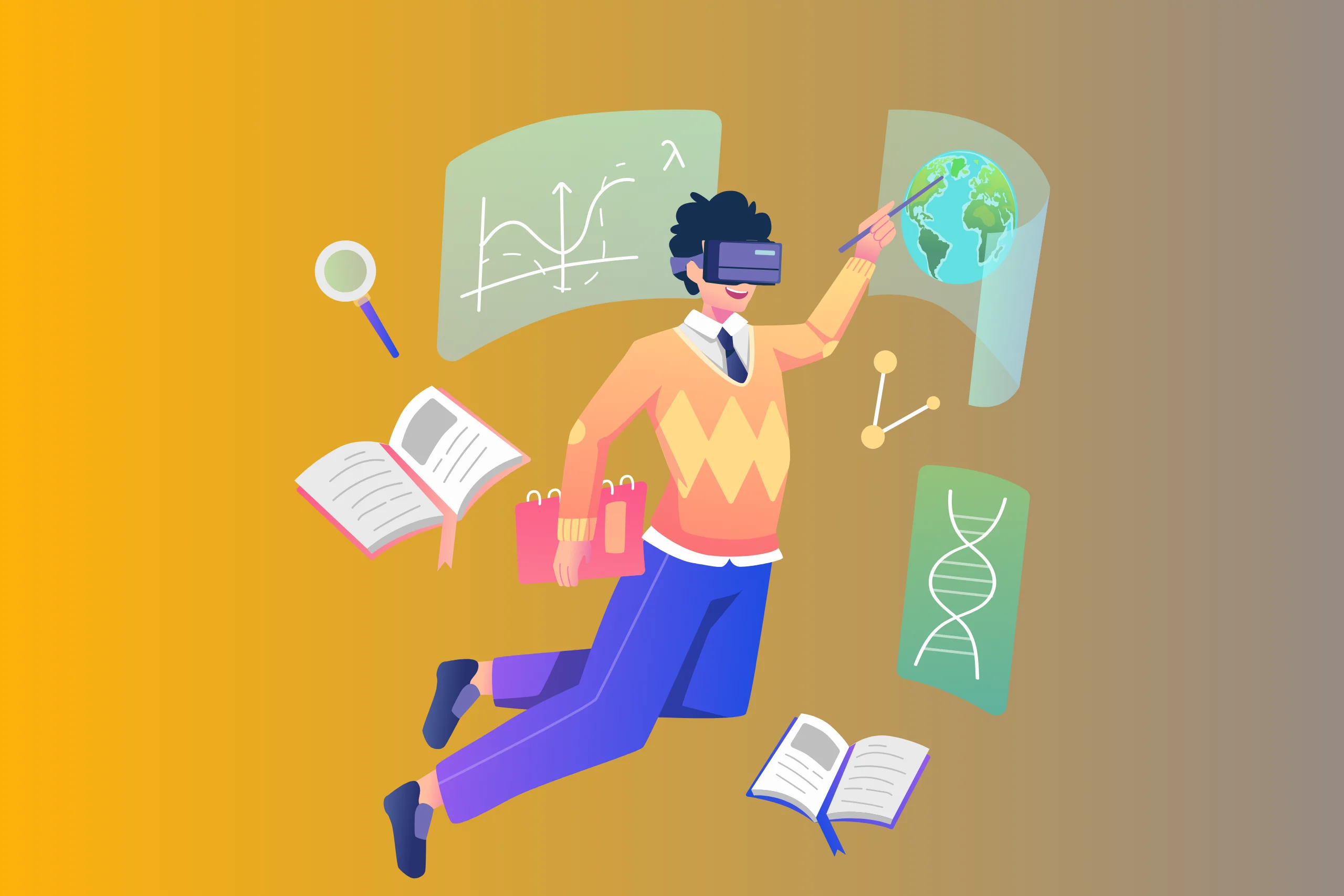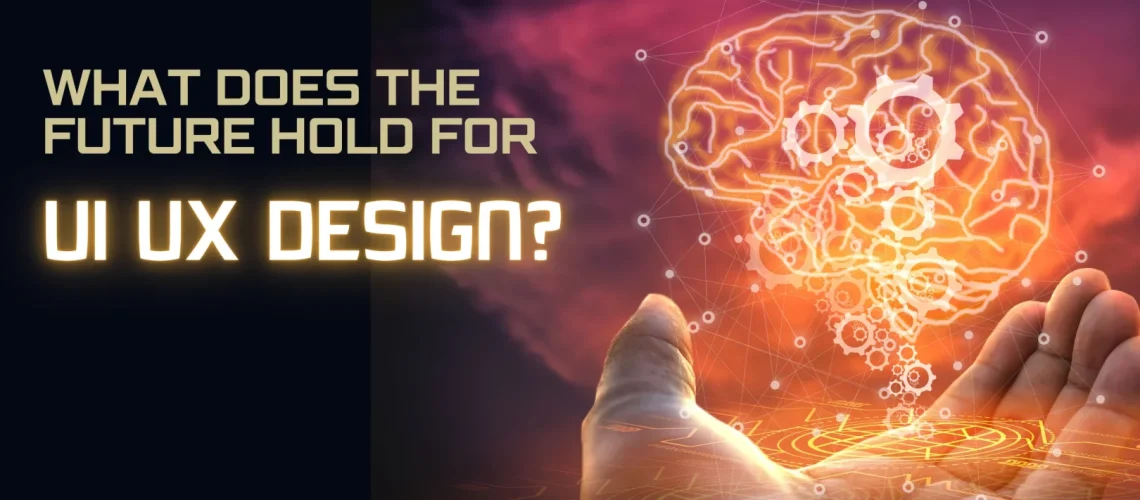Years back if anybody had told me that I’ll be able to video call my family and friends abroad, that I could actually see them in real time through a tiny screen even though they’re miles apart- I wouldn’t have believed. Although we may snot have flying cars or ovens that churn out food seconds after a click on the choice of menu yet, we’ve still come a long way.
Technology has no doubt stunned us with its capabilities and continues to do so. From finding a pet that gets lost through a GPS tracker to controlling your home appliances through a mobile app, technology has brought us some truly fascinating things. As innovation rises in every aspect, so does it in design. So what does it have in store for UI Design? Read on to find out!
What Does the Future Of UI-UX Design Look Like
As design involves, it is important to stay up to date to be compatible with the market. It is no doubt that businesses and companies that hop on to the latest trends as soon as they emerge prove to become successful. In fact, according to statistics, companies that use the newest trends grow two times faster than their competitors. What are a few trends that the future holds for UI design? Checkout below!
The Role Of VR

There is a common misconception that VR is used just for entertainment purposes, mainly games. However, in the near recent, VR is being used for productivity and efficiency in various industries like automotive, healthcare and retail. The automotive industry has in fact been using VR for years and it has reduced a number of hours to hold design and engineering reviews.
It is reducing the number of prototypes built per vehicle line and opening up the design process to a global workforce. When it comes to UI UX Design of mobile apps, apps built in the future will need to incorporate design principles to accommodate VR.
A Touch Of AR
In the world of technology VR and AR are emerging to be revolutionary forces not just for hardware and software but for UI UX Design as well. AR which is a combination of the real and the digital world opens up a plethora of possibilities for crafting immersive, engaging, and transformative user experiences.
AR is a great tool for businesses in various industries to help their customers make informed decisions. It allows users to interact with the virtual world from their own physical environments. For example, furniture retailers can allow users to virtually see how a piece looks in their own home. Fashion apps allow users to see how a specific dress will fit them. Designers will now focus on creating immersive user experiences by using AR to enhance their UX and UX design for website and mobile application development in Dubai and Abu Dhabi.
Gesture Recognition

Gesture recognition refers to when devices recognize human gestures providing touchless experiences. This is another technology that is growing recently especially due to the falling cost of 3D sensors. Some mobile devices already offer this experience. For example, some mobile phones allow us to click pictures automatically when make a hand gesture.
The impact of gesture recognition on UI UX Design is that the new technology will require new design principles. Designers will have to ditch grid-based models and instead create menus and visual UIs that consider human body ergonomics. When designers incorporate gesture recognition they will have to move out from the existing paradigm, observe how users naturally move their arms and hands, and create interfaces that are suitable for human emotions.
Voice User Interface
Voice User Interface is another tool that elevates the personalization strategy to another level. These interfaces are made to interact with the users through voice commands. When it comes to the voice user interface design, designers create a system that’s easily understood and used without visuals. A conversion flow has to be created so that users are given clear responses and instructions when needed.
Moreover, designers will have to research and study their users to personalize the UX of the voice system in different fields and for different uses. Over time the voice user interface will be able to adapt and cater to the needs of the users. The UX design landscape offers a lot of opportunities for designers and will be increasingly in demand as users hop on to a personalized touchless experience.
Wrapping Up
As technology keeps growing, we will eventually move to a world of ZERO-UI. This is when we will interact with devices simply through gestures and voice commands. This means that there could be massive change to interfaces in the future. The need for designing across various contexts and devices will grow immensely and designers with deep domain expertise and a variety of design techniques will be sought after. Buckle up as we ride through the transformation as the future of UI UX Design looks definitely promising.
Checkout CodeGuru.ae to revamp the UI UX Design for your website and mobile application development in Dubai and Abu Dhabi





